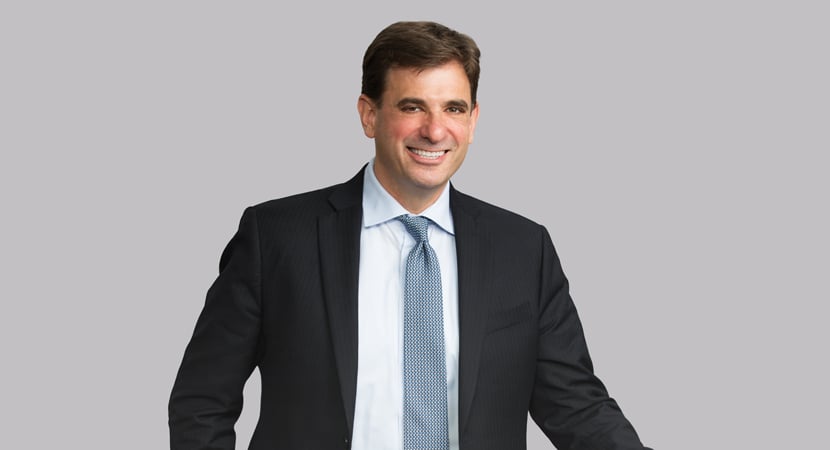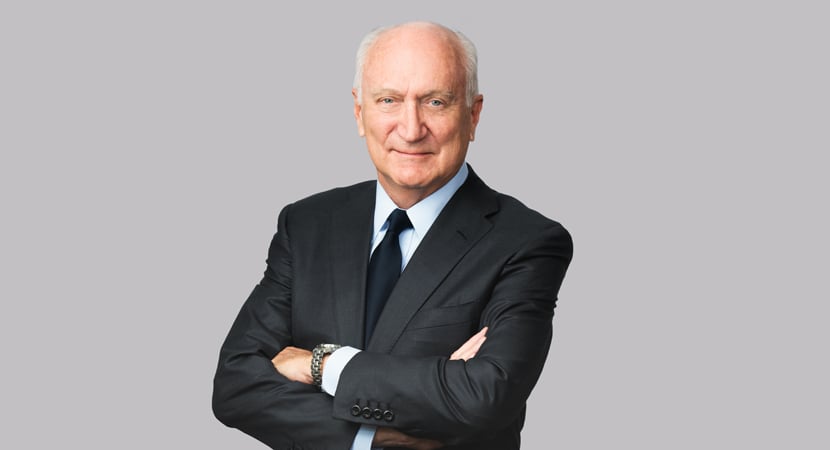On December 20, Congress enacted H.R. 1, “An Act to provide for reconciliation pursuant to titles II and V of the concurrent resolution on the budget for fiscal year 2018." President Trump may delay signing the bill into law until after January 1, 2018, in order to defer “PayGo” cuts to Medicare and other spending categories until 2019. Below are the significant changes to the tax code that will affect exempt organizations (EOs).
Charitable Contributions
- Raises percentage of income limitation for cash contributions to public charities from 50 percent to 60 percent of adjusted gross income.
- Repeals the charitable deduction for payments to a college or university to purchase tickets to athletic events.
Executive Compensation — New Excise Tax Paid by EO Employer
- Imposes a new excise tax equal to the corporate tax rate (21 percent) on executive compensation greater than $1 million and certain excess parachute payments paid by applicable EOs to any of their top-five highest-paid employees. This provision is similar to the Senate version, with certain modifications — e.g., an exception for licensed medical professionals, including medical doctors, nurses and veterinarians.
- Subjects the following categories of EOs to this new excise tax:
- All organizations exempt from taxation under IRC § 501(a) — this includes § 501(c)(5) labor unions, § 501(c)(6) trade associations and § 501(c)(4) social welfare organizations.
- Organizations with income excluded under IRC § 115(1) — this could include some state colleges and universities.
- Political organizations exempt under IRC § 527(e)(1).
- Farmers’ cooperatives exempt under IRC § 521(b)(1).
Unrelated Business Income Tax (UBIT)
- Requires that unrelated business taxable income must be computed separately with respect to each trade or business, and without regard to the deduction generally allowed under IRC § 512(b)(12). Net operating losses from one business would not be allowed to offset income from another one.
- Clarifies that UBIT provisions apply to “dual status” organizations, which are exempt under both Section 501 and another code section, such as IRC § 115.
- Limits the UBIT exclusion for fundamental research to income from research that is freely available to the public.
- Expands UBIT to tax certain fringe benefits provided to employees (parking, on-site gyms, transportation) for which deductions would be disallowed under IRC § 274.
Education Provisions
- Imposes a 1.4 percent excise tax on net investment income (endowment earnings) of private colleges and universities that have (i) at least 500 tuition-paying students, (ii) more than half of whom are located in the U.S., and (iii) assets (other than those used directly in carrying out the institution’s educational purposes) valued at the close of the preceding tax year of at least $500,000 per full-time student.
- Expands Section 529 plan accounts to cover expenses for tuition at an elementary or secondary public, private or religious school and certain home school expenses (up to $10,000).
Removed Provisions
Several EO-related tax reform provisions that appeared in either the House or Senate version did not make it into the Conference Report. If you are interested in the origins of EO-related proposals, please read our prior alerts here and here. For example, the following EO-related proposals did not make it into the final legislation:
- Repeal of the Johnson Amendment — a provision that would have allowed IRC § 501(c)(3) organizations to make political statements in the ordinary course of their activities, as long as the organization incurs de minimis incremental expenses.
- Elimination of the rebuttable presumption of reasonableness for excess benefit transactions under IRC § 4958.
- Exception to the IRC § 4943 excess business holdings rules for wholly owned philanthropic businesses (commonly referred to as “the Newman’s Own Foundation proposal”).
- Additional reporting requirements for Donor-Advised Fund (DAF) sponsoring organizations.
- Requirement that a museum operated by a private operating foundation must be open to the public at least 1,000 hours per year.
* * * * *
If you have any questions about how the new tax laws will affect your exempt organization or its officers, directors, employees or donors in FY2018 and beyond, please do not hesitate to call a member of our Nonprofits and Tax-Exempt Organizations practice group.
-
 合伙人
合伙人 -
 Co-Chair, Nonprofits & Tax-Exempt Organizations; Co-Chair, Attorneys of Color and Ethnic Diversity Affinity Group
Co-Chair, Nonprofits & Tax-Exempt Organizations; Co-Chair, Attorneys of Color and Ethnic Diversity Affinity Group -
 Co-Chair, Nonprofits & Tax-Exempt Organizations
Co-Chair, Nonprofits & Tax-Exempt Organizations
)
